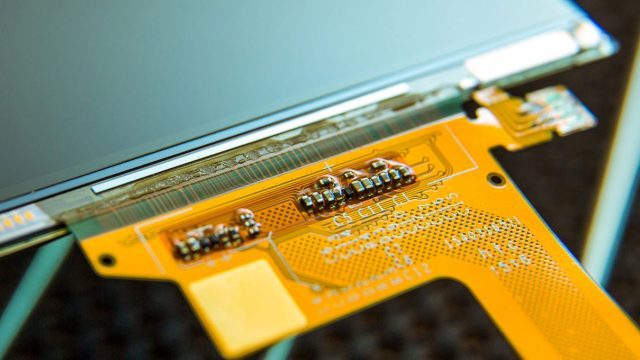Synaptics, a developer of input and display components for computers, smartphones, and other devices, recently introduced a new version of its ClearView display driver chip which has been optimized for head-mounted displays with high density displays, including a specialized feature for foveated rendering.
Display driver ICs are the chips that tell a display exactly what to do in order to display incoming images; they are a small but critical component in the GPU to display pipeline and—like a sleek sports car relying on a powerful engine—must be capable of matching a display’s own characteristics in order to achieve maximum display performance.
Synaptics, which makes a line of display driver ICs under its ClearView brand, recently announced the ClearView R63455 which the company says is specially optimized for head-mounted display applications, including support for dual displays up to 2,160 × 2,400 at 90Hz, which the company claims is an “industry-first.” Synaptics also says the chip includes a “Foveal Transport” feature supporting eye-tracked foveated rendering solutions which aim to deliver the highest quality imagery at the center of the user’s gaze.
Another aspect of the announcement is the VXR7200 VR Bridge, working in conjunction with the ClearView R63455, which the company says supports full DisplayPort 1.4 bandwidth through a GPU using USB-C. Synaptics doesn’t specifically mention the VirtualLink VR display standard (which is based on USB-C and backed by NVIDIA and AMD, among others), but it sounds like support is technically possible with the R63455 & VXR7200.
Synaptics says they’re currently sampling the new VR-focused chips to potential customers.







